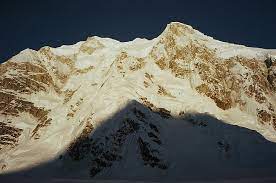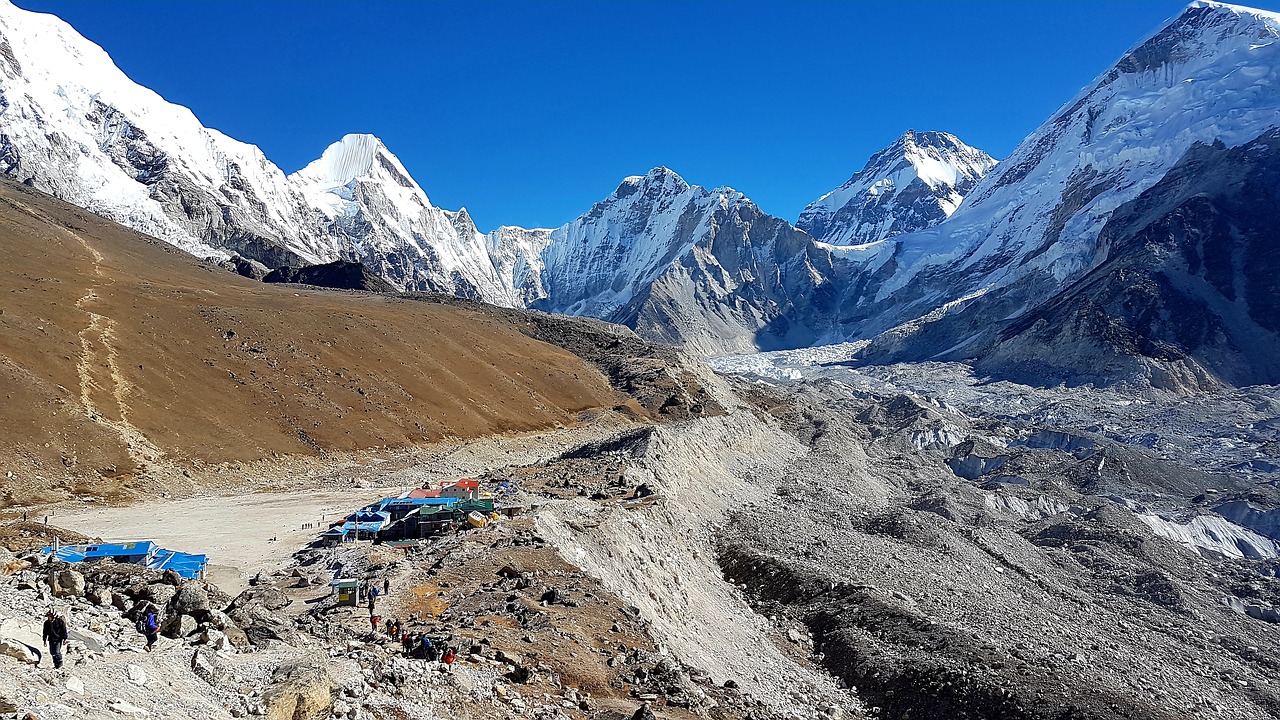Above the Clouds: Trekking the Majestic Pangarchulla Peak
INTRODUCTION
Nestled high up in the Garhwal Himalayas at an altitude of 4,513 meters, Pangarchulla Peak towers over the region, offering breathtaking views of the surrounding mountainscape. This majestic peak lies enroute to the famous Kuari Pass trek and can be covered as a side trek while traversing through the region. Trekking to the summit of Pangarchulla is an experience unlike any other – a chance to rise Above the Clouds and witness the raw, untamed beauty of the high Himalayas.
As we gain altitude, the ascent gets steeper over boulder-strewn terrain. The cold mountain air fills our lungs with each breath. After a continuous climb of around 4 hours, we finally reach the open meadows of Deoban. Standing at an altitude of 3,600 meters, Deoban offers the first glimpse of the mighty Pangarchulla summit. After resting our tired legs and grabbing a quick bite, it’s time to cover the last stretch.
The final 1.5 km climb to the summit is arguably the most challenging part of the trek. The gradient is steep and the wind picks up speed as we move higher. But the sheer thrill of the climb keeps us motivated. The landscape also changes dramatically in the last stretch. Gone are the green meadows, replaced by barren rocky terrain and boulders covered in snow. We trudge carefully, keeping an eye out for loose rocks. The summit finally emerges into view after a demanding climb.
Words fall short in describing the sense of accomplishment and elation upon successfully summiting Pangarchulla Peak. At 15,068 feet above sea level, we are literally on top of the world! The 360-degree panoramic vista is simply breathtaking. To the north lie the snowy peaks of the Nanda Devi sanctuary. To the east, the Darma and Dhauliganga valleys stand out distinctly. But the most mesmerizing sight is that of the unending Himalayan range extending into the distance as far as the eye can see.
After spending some time on the summit, soaking in the views and capturing memories, it’s time for the descent. Although tiring, I take my time walking back down, not wanting to miss any of the sublime Himalayan frames. The mountains, meadows, forests – all of which looked spectacular on the way up, appear even more charming now. By late afternoon, we reach Deoban again, marking the end of our summit day. After a hot meal and rest, we start the final descent to Dhak the next morning.
In all, the Pangarchulla Peak trek took us around 16-18 hours over 2 days, including summits days as well as descents. The trek requires a moderate to good level of fitness given the steep ascents, high altitude, and exposed terrain. But all the effort is extremely rewarding considering the mesmerizing beauty of the peak. In fact, many mountaineers rate Pangarchulla as one of the most scenic high altitude treks in the Indian Himalayas. Rising far Above the Clouds, the trek offers access to unmatched Himalayan views that leave an everlasting impact on the heart and mind.
While Pangarchulla can be covered as a 2-day trek, I would highly recommend spending an additional day for better acclimatization and to fully take in the spectacular surroundings. After reaching Dhak on the first day, one can hike to the Deoban campsite and stay overnight. This allows you to rest and acclimatize at 3,600 meters before attempting the summit the next morning.
The extra day also gives you the chance to explore Deoban with its sprawling meadows blooming with wildflowers. The rhododendron forests around the campsite are equally enchanting to explore. Seeing the rhododendron in full bloom coating the mountainsides in deep red during spring is an incredible sight.
You can further utilize the additional day to hike up to the adjoining peak of Devasthan. At over 4,200 meters, Devasthan offers great acclimatization hikes and more stunning Himalayan eye-candy. Don’t forget to spend some time just sitting and soaking in the views of Nanda Devi, Trishul and the Panchachuli group from Deoban. The sunset views from here with the golden light falling on the peaks are simply magical.
Taking it slow and spending an extra day allows you to immerse yourself fully in the stunning alpine landscapes around Pangarchulla. You come back with not just a summit under your belt but also rejuvenated with the fresh Himalayan air and glimpses of Mother Nature at her most pristine.









